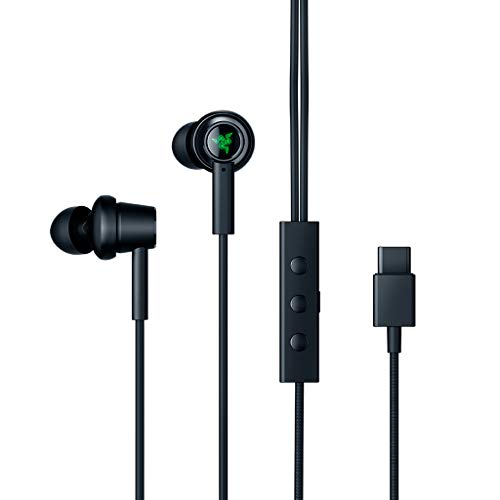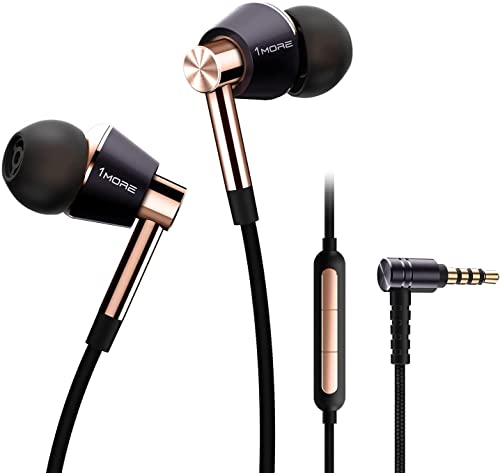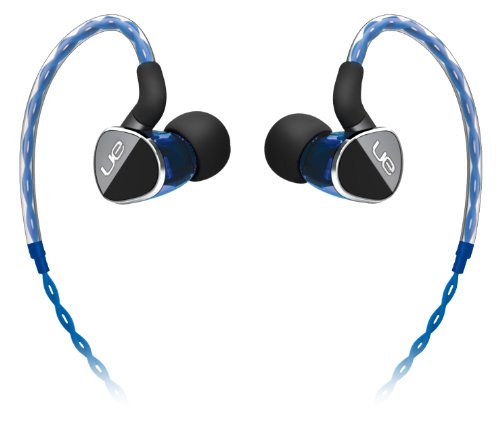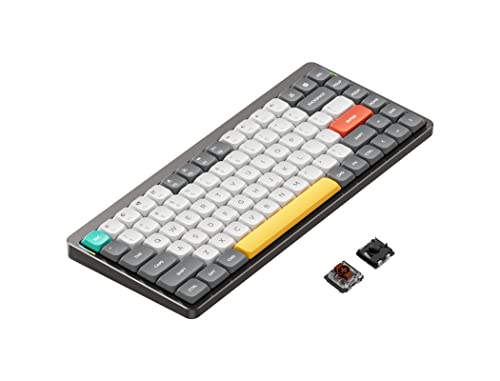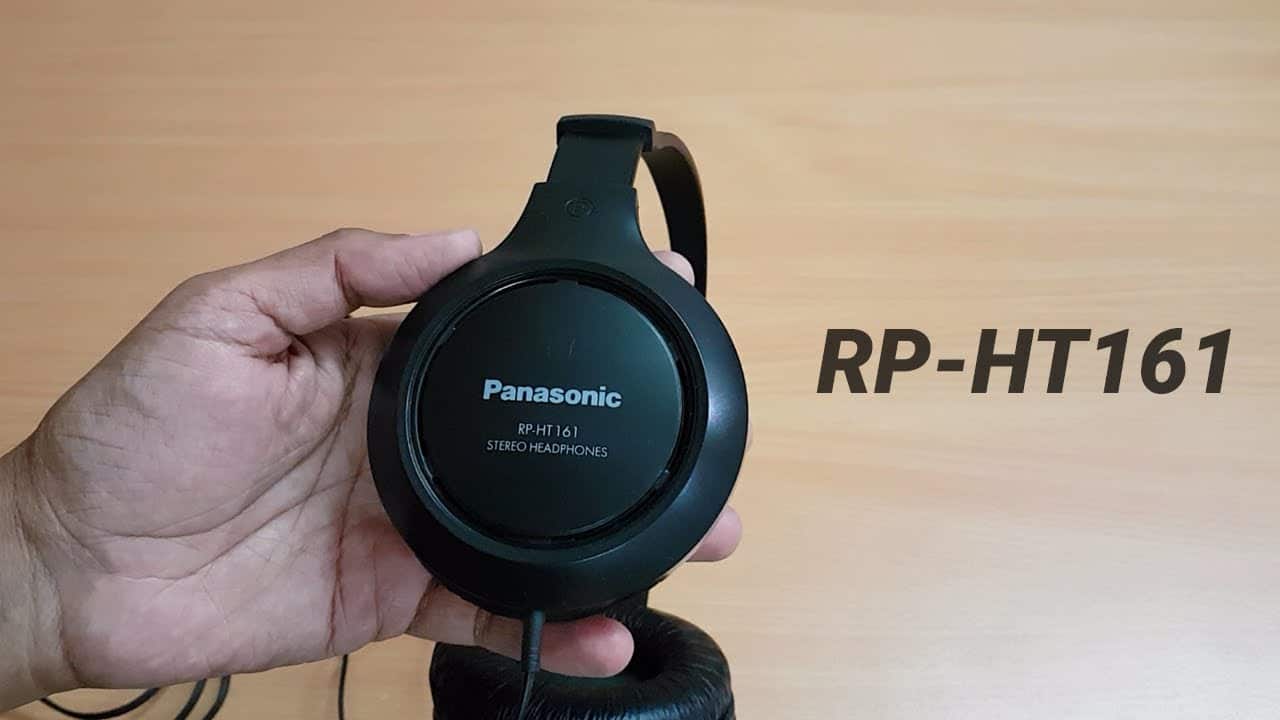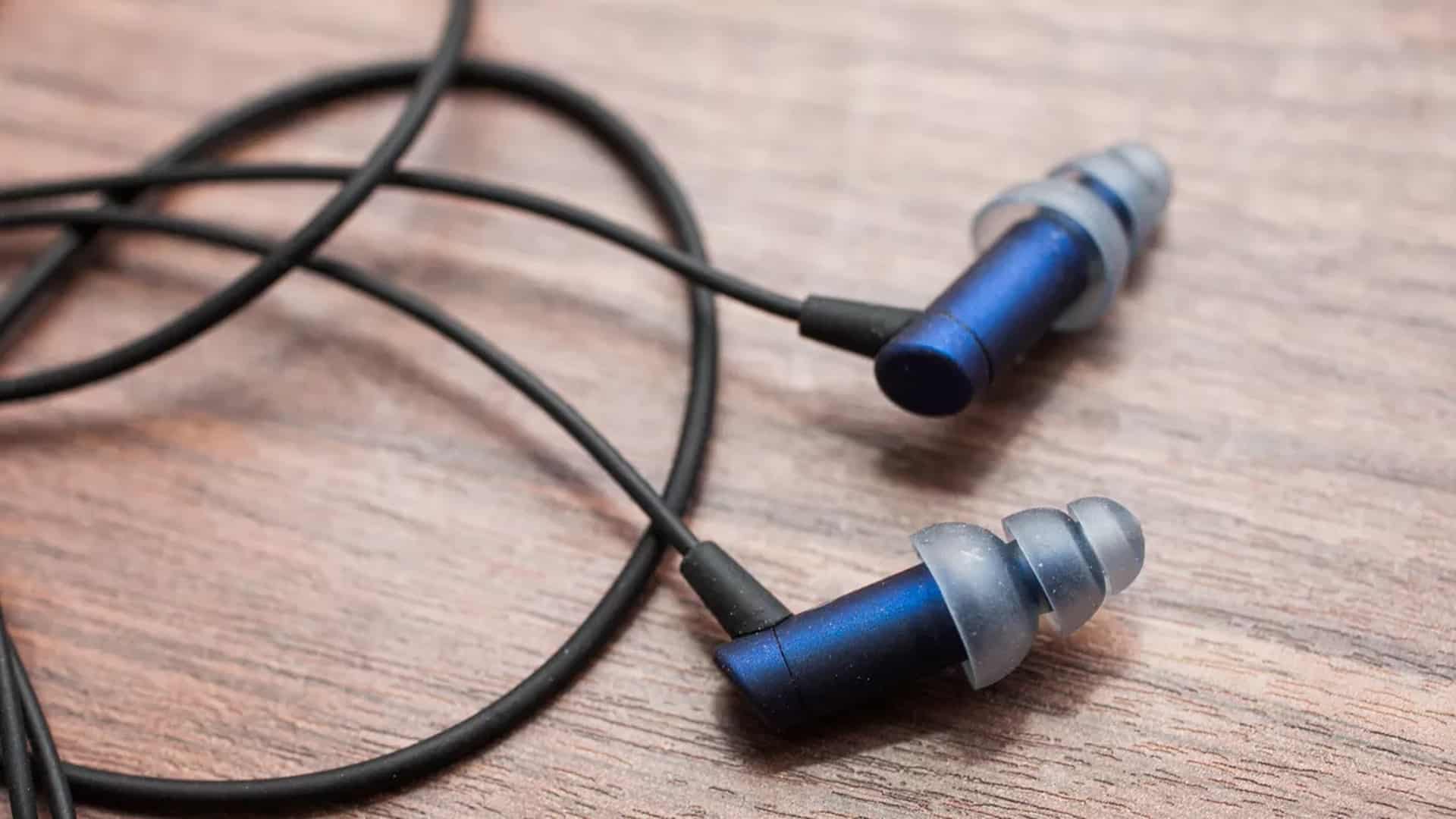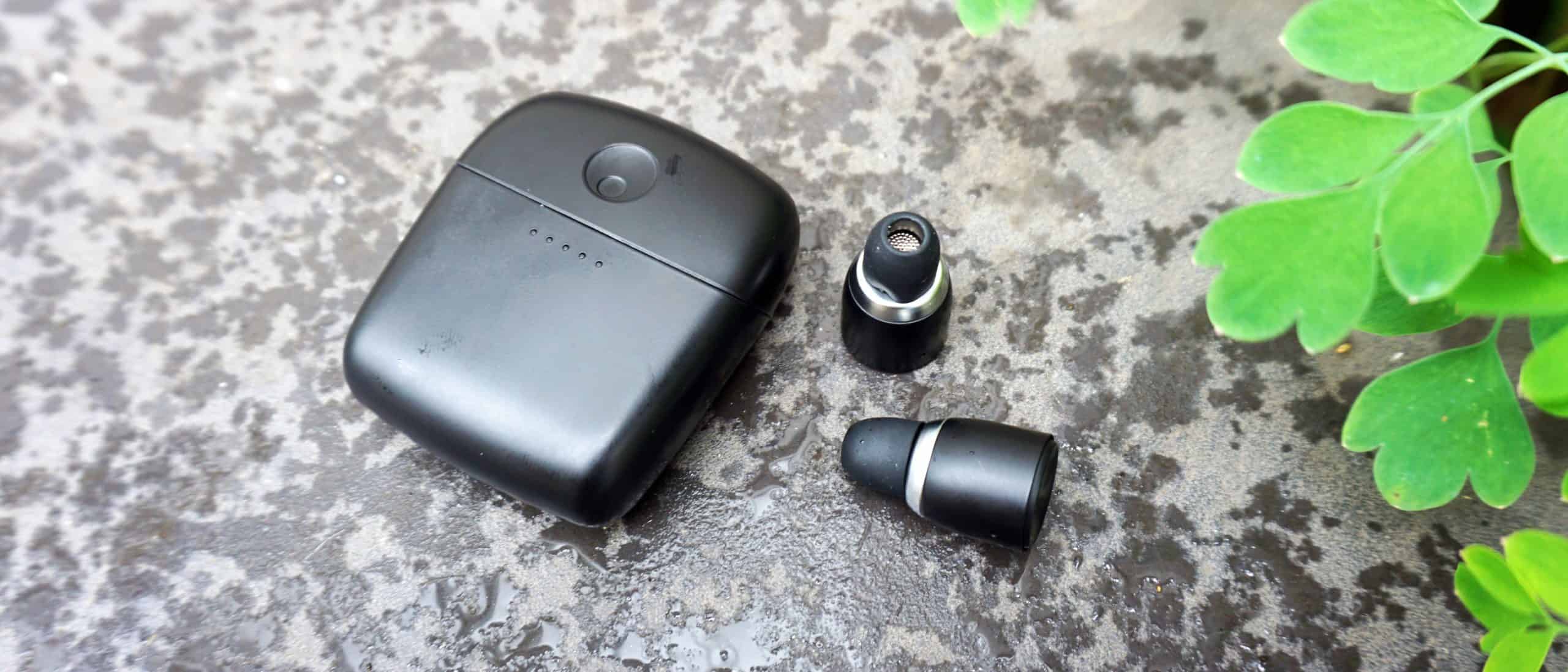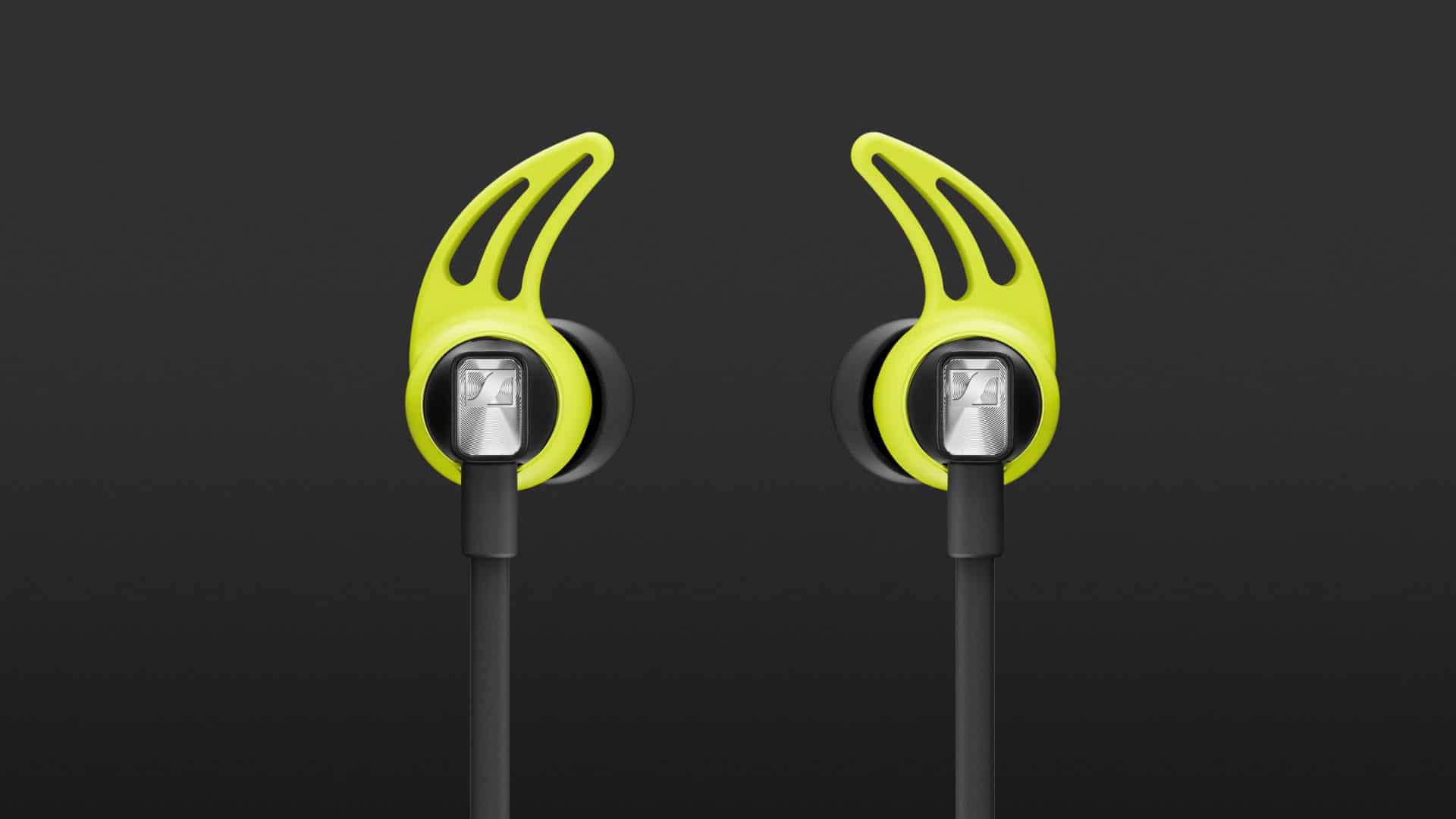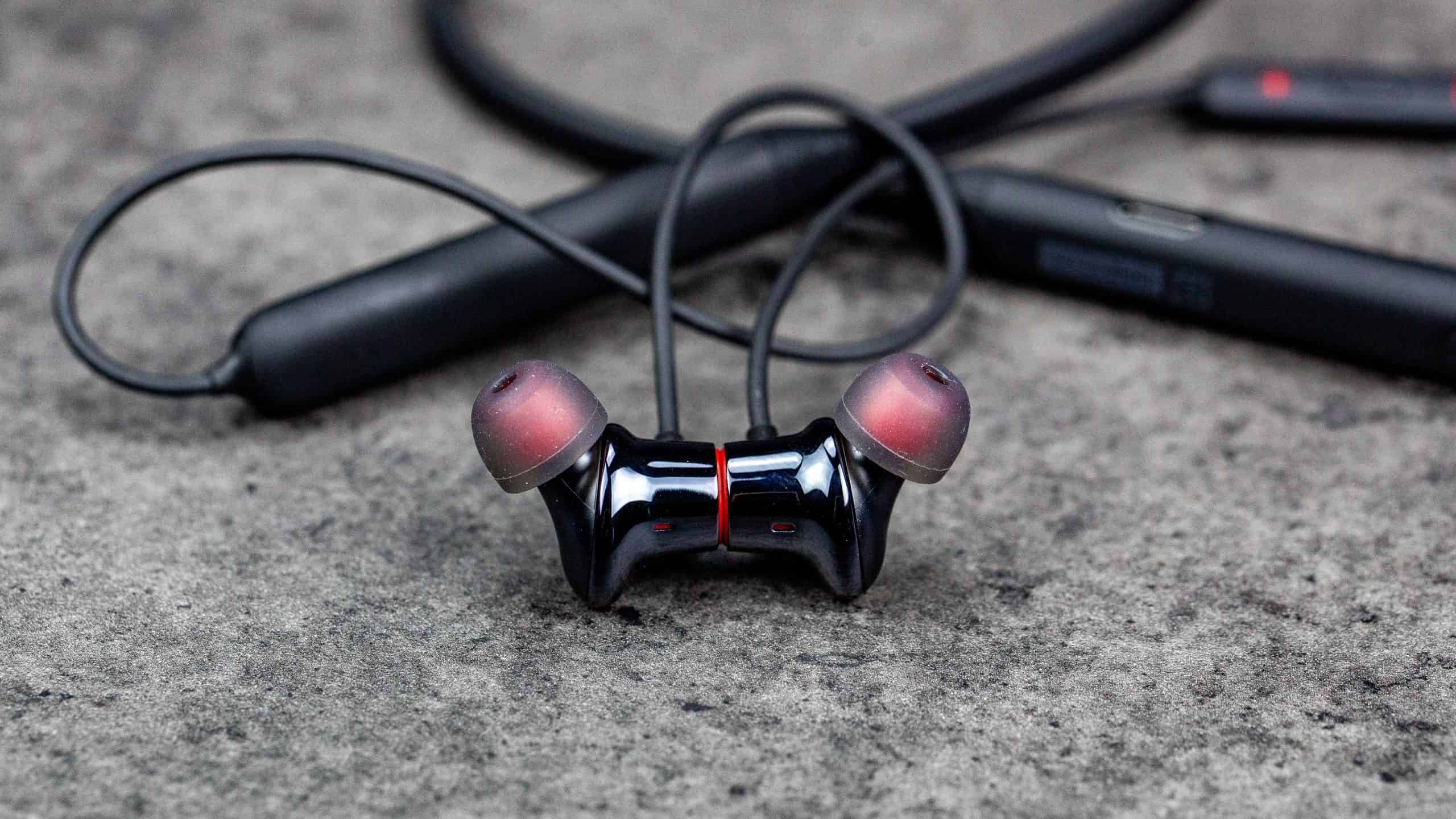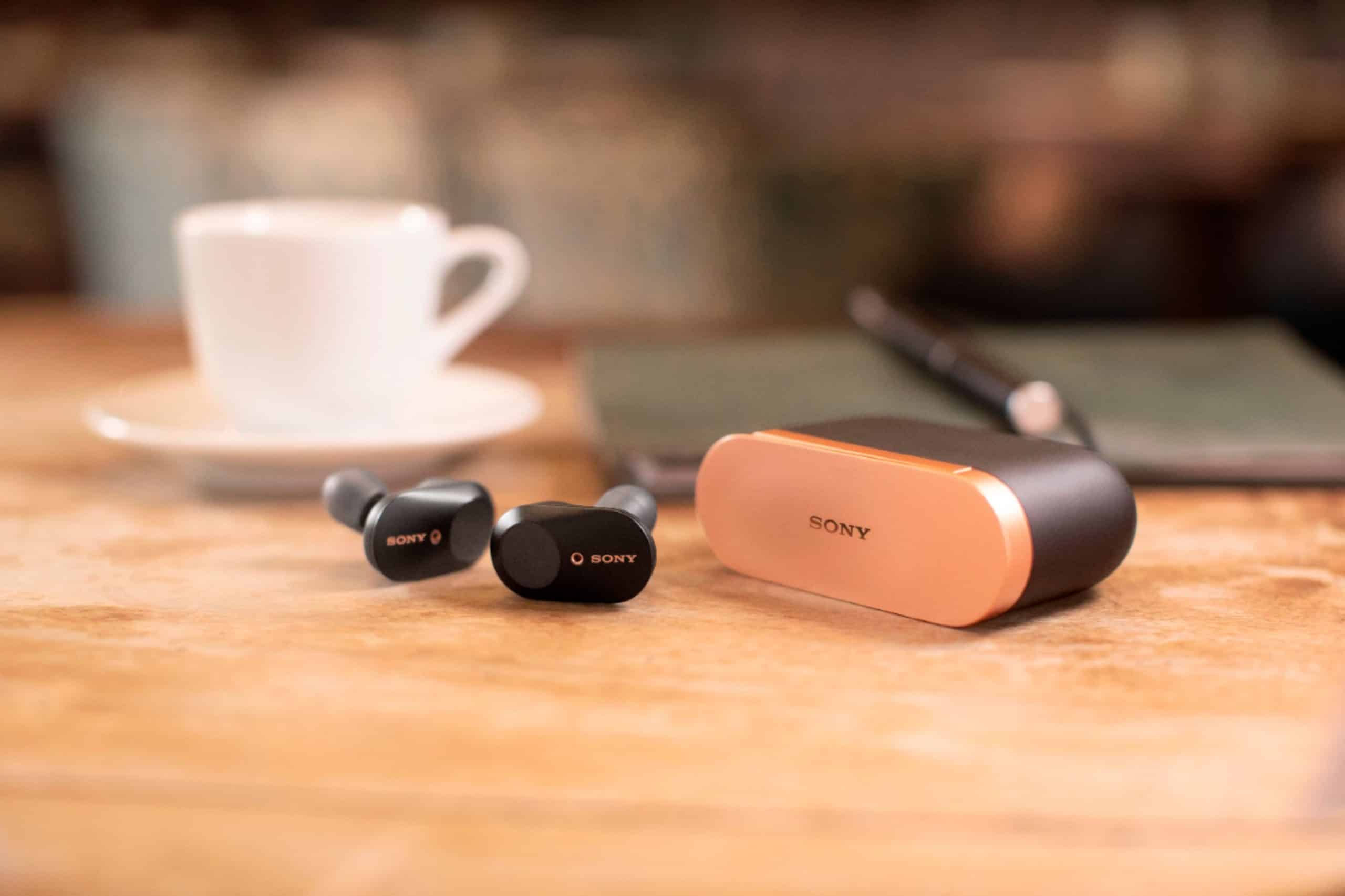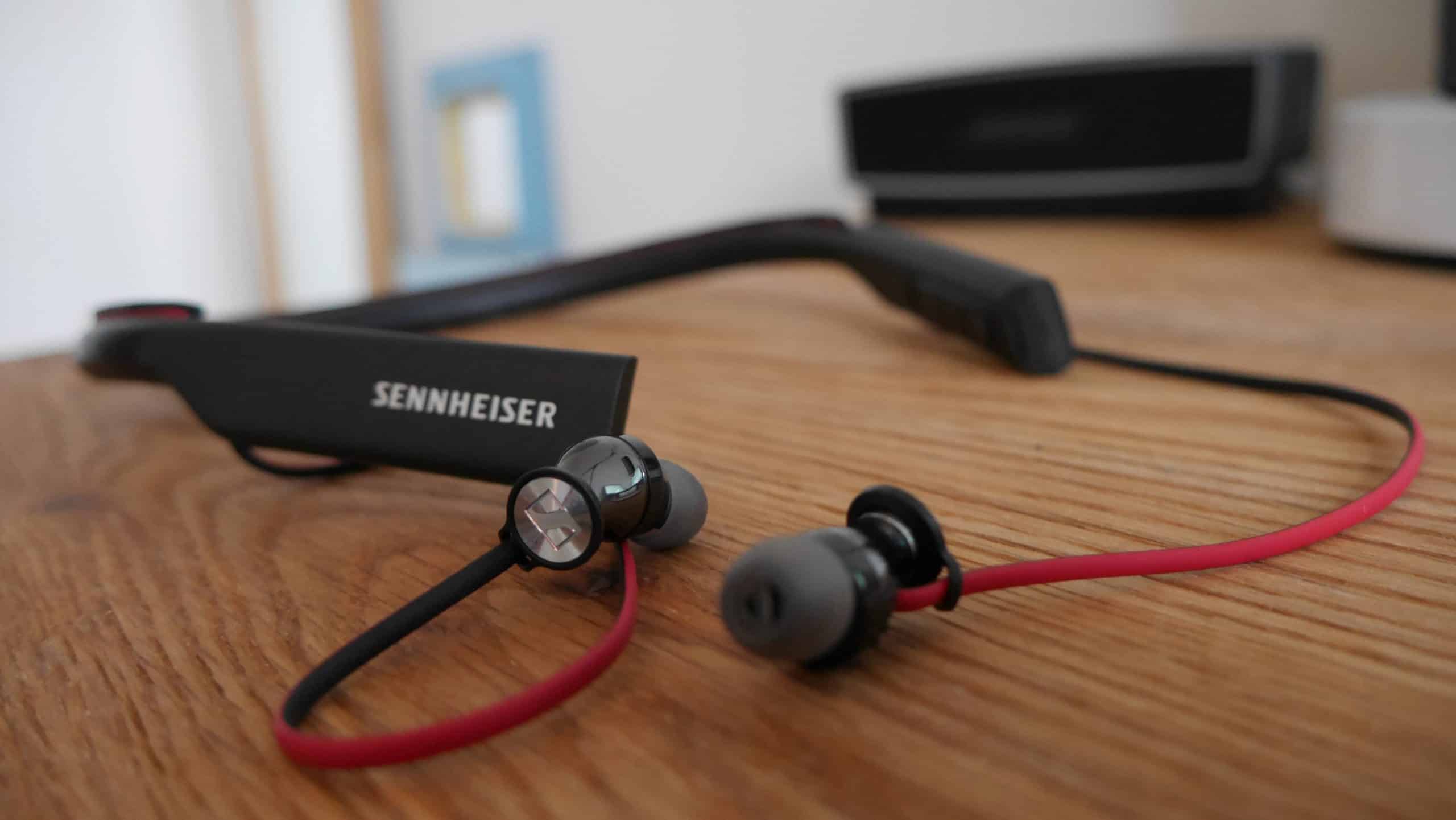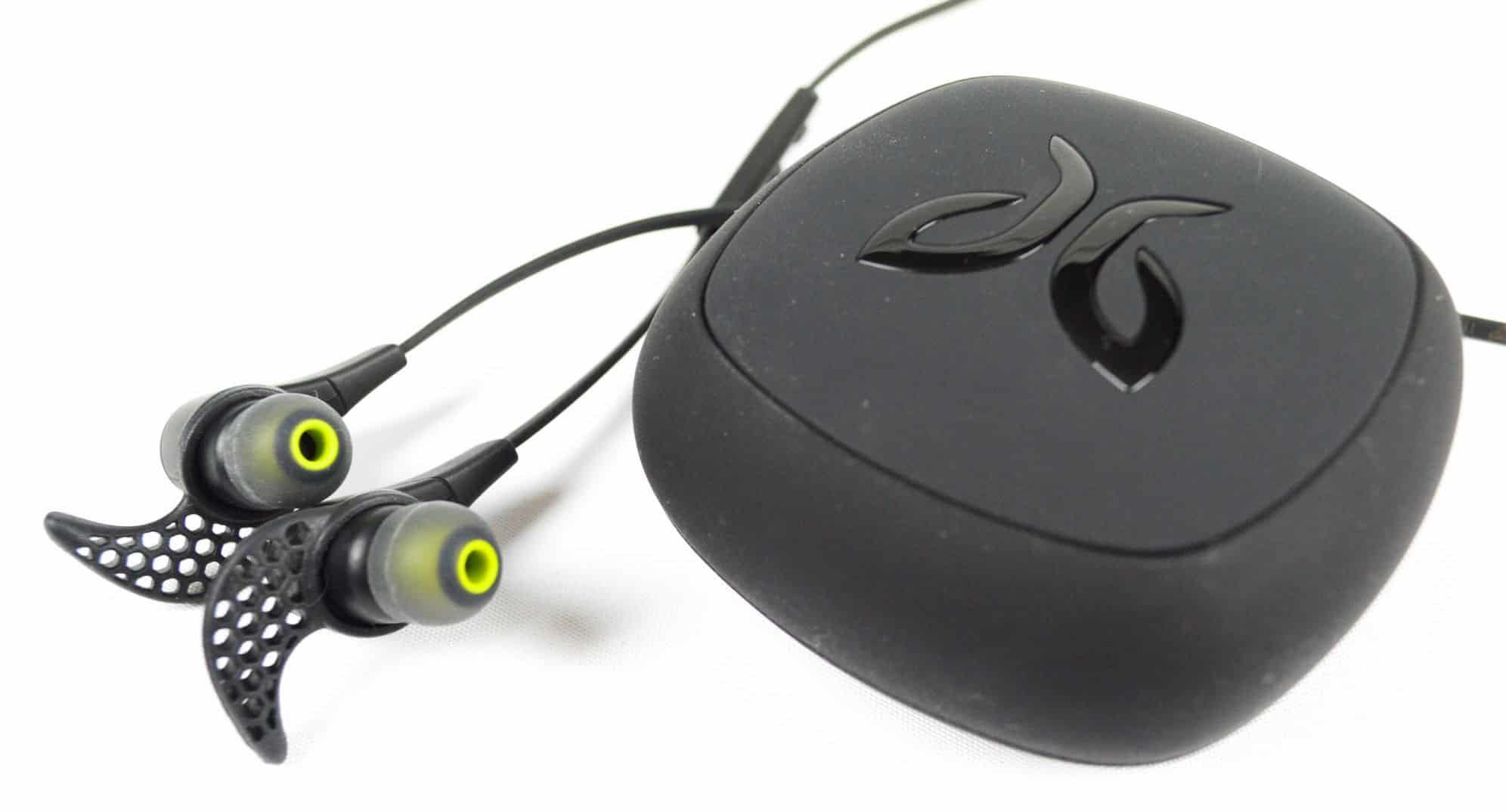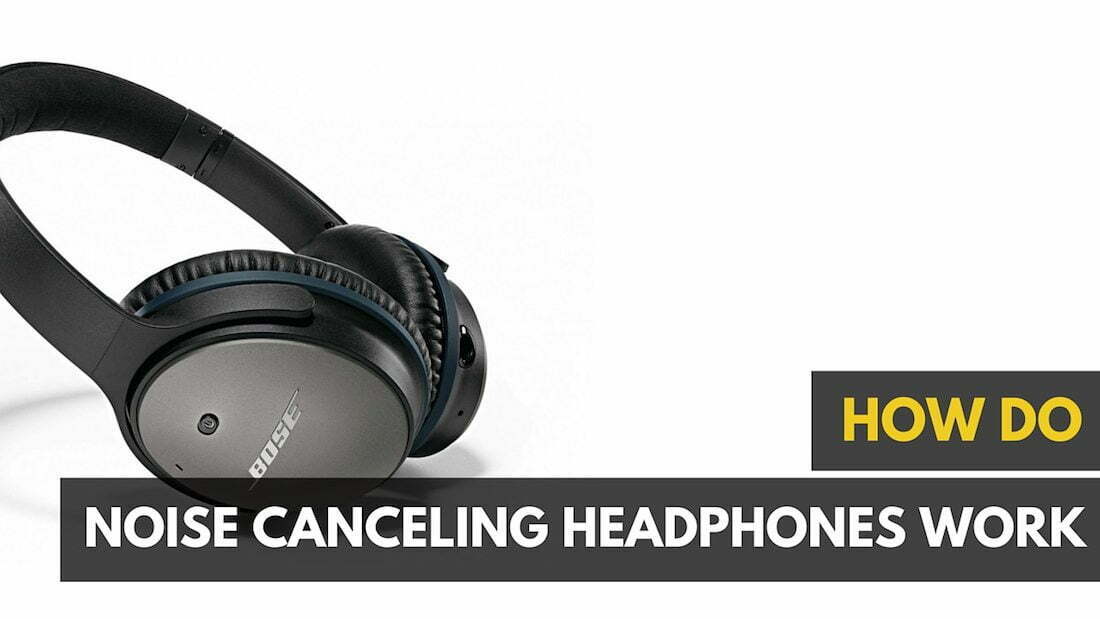
They’ve been hailed by ear doctors around the globe as the perfect solution to people’s listening problems, but how do noise-canceling headphones work? Are they really as safe as we’ve been told? Will they make great workout headphones, or are you setting yourself up for failure? Once you feel comfortable with using noise-canceling headphones, take a look at our I-MEGO walker JR noise-cancelling headphones review.
Sure, outside noise can often cause us to crank our source volume up past safe volumes to hear our music, but there’s also a growing concern that noise-cancelling headphones may work just a little too well. So well that people are walking into traffic or being knocked down by bicyclists due to not being able to hear what’s around them. Sometimes Bluetooth headphones work with less noise-cancelling abilities, but not always.
In this guide, we’ll tell you everything you need to know about how the noise cancellation technology works, and what you should look out for if you plan on picking up a pair of best-rated noise-cancelling headphones yourself.
Active Cancellation vs. Passive
First off, readers should note that when we talk about noise-cancelling headphones, there are actually two separate implementations of the technology at work: active, and passive.
Passive Noise Cancelling: It’s achieved simply through designing either the earbud or the headphone cup to completely fill the ear canal or wrap around the user’s ears in a way so no outside sound can find a way in. Our guide to earmuffs vs noise-canceling headphones has more detailed info.
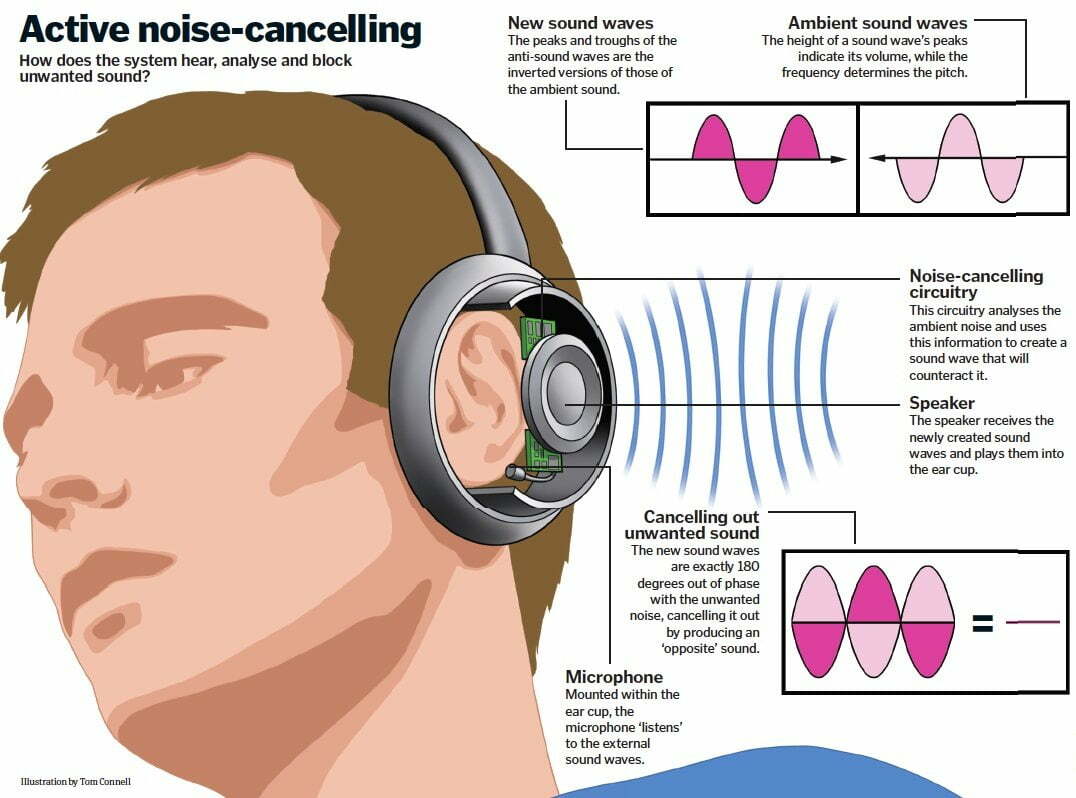
Active Noise Cancelling: The second (and generally more effective) method of noise-cancelling is called active canceling, where a separate microphone is used to listen to the ambient noise, and then the headphones use small speakers in the buds or cups themselves that point outward to play an audio file that’s inverse of the waveform coming in.
This technique creates a sound barrier around the wearer’s ears that effectively “cancels” out the surrounding noise, although it’s not still without its own problems.
Active Doesn’t Always Mean Better
Most active systems rely on an external battery in order to power the onboard speakers, something that can add a bulky amount of weight to either the cord or the headphones themselves. Not only that, but active noise-cancelling headphones also have trouble keeping up with noises that aren’t constant in wavelength.
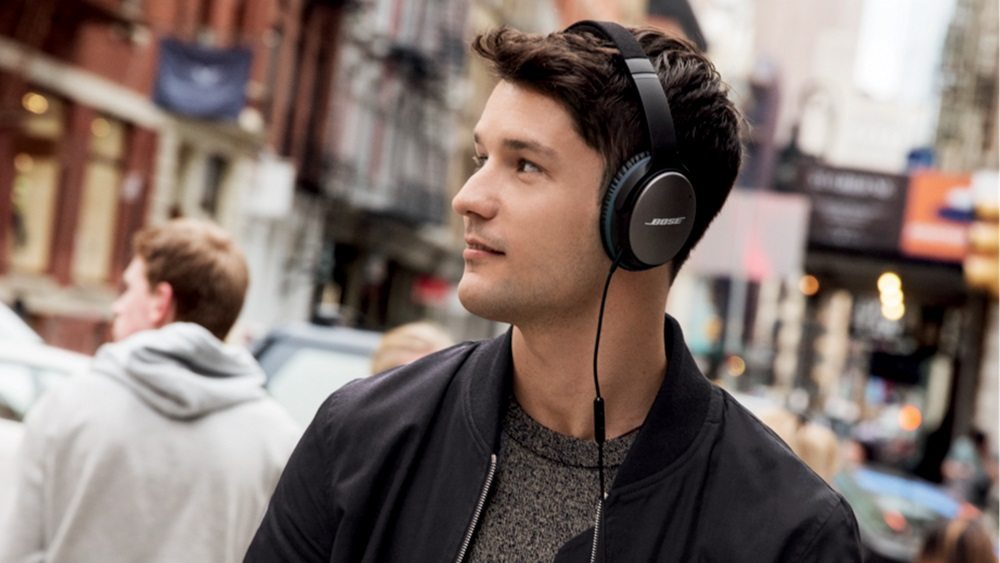
This means although they’re great for negating annoyances – such as the drone of an airplane engine that stays at a low, persistent volume – when it comes to drowning out other people speaking around you (say in a noisy office), the active cancellation will struggle to compensate quickly enough and can let sound leak in.
That’s where passive noise-cancelling buds or over-the-ear headphones might be preferable, as they can cut off inconsistent sounds. Just keep in mind that you should exercise caution when wearing any headphones, as removing ambient sound reduces your awareness of your surroundings.
No matter which variety you end up going with, you can always check out our best headphone recommendations such as the Sony MDR ZX110 review and more.

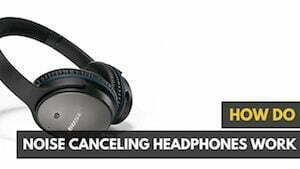













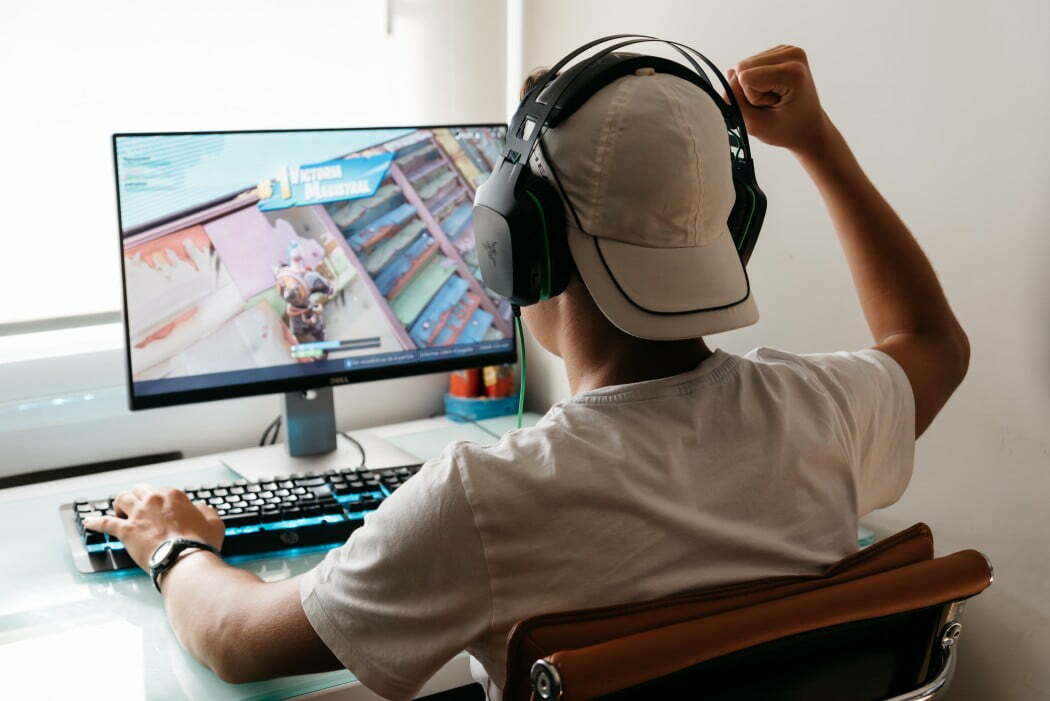
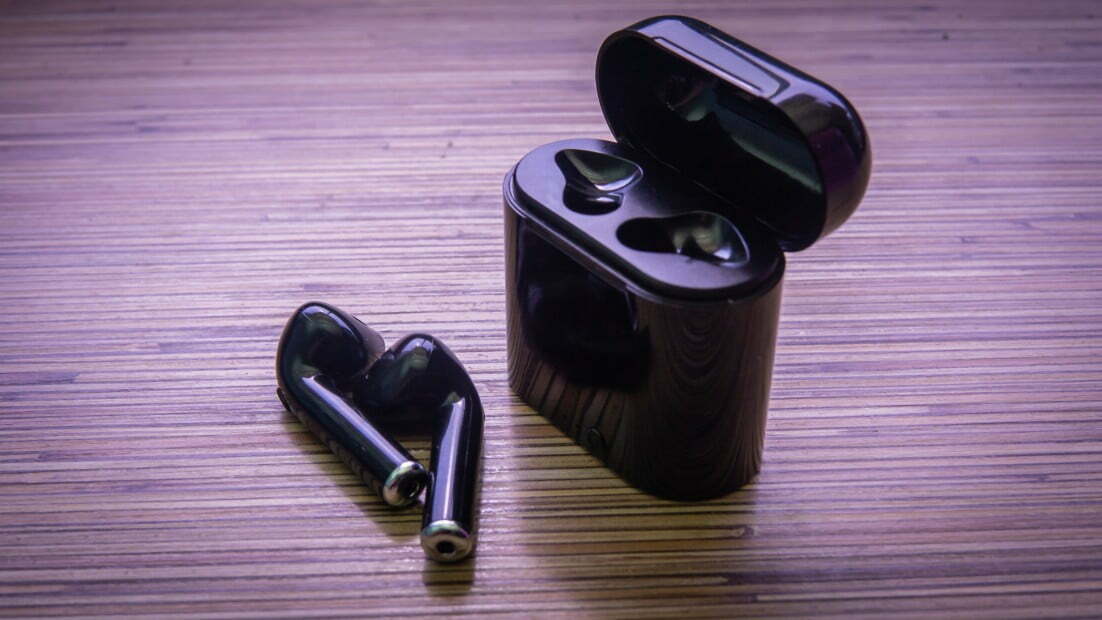

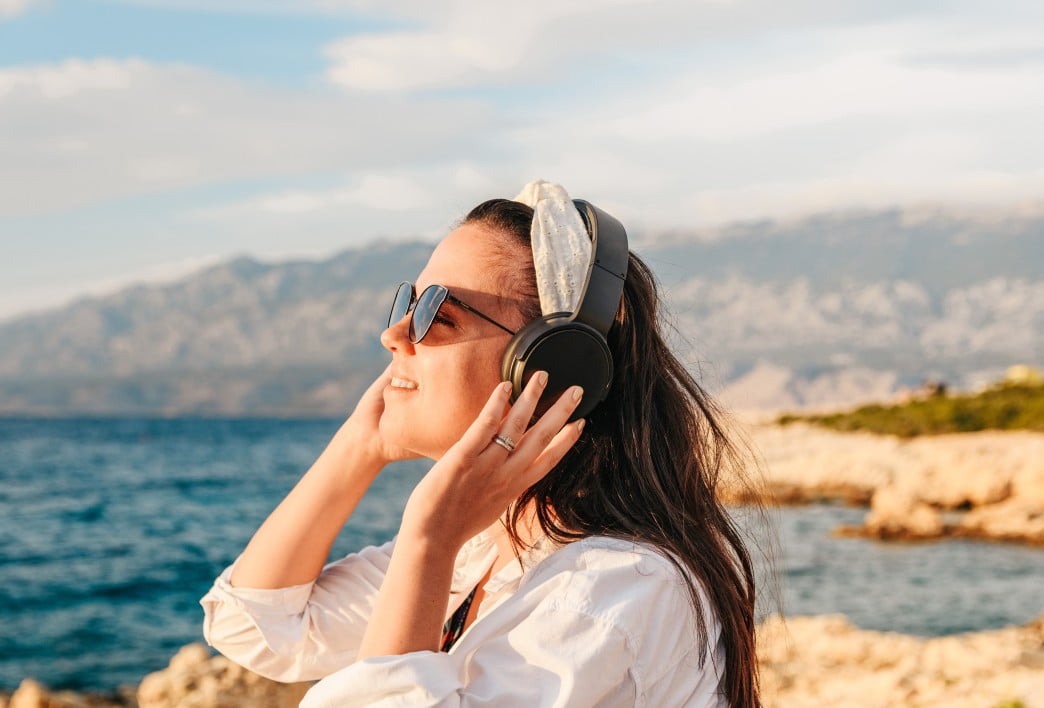
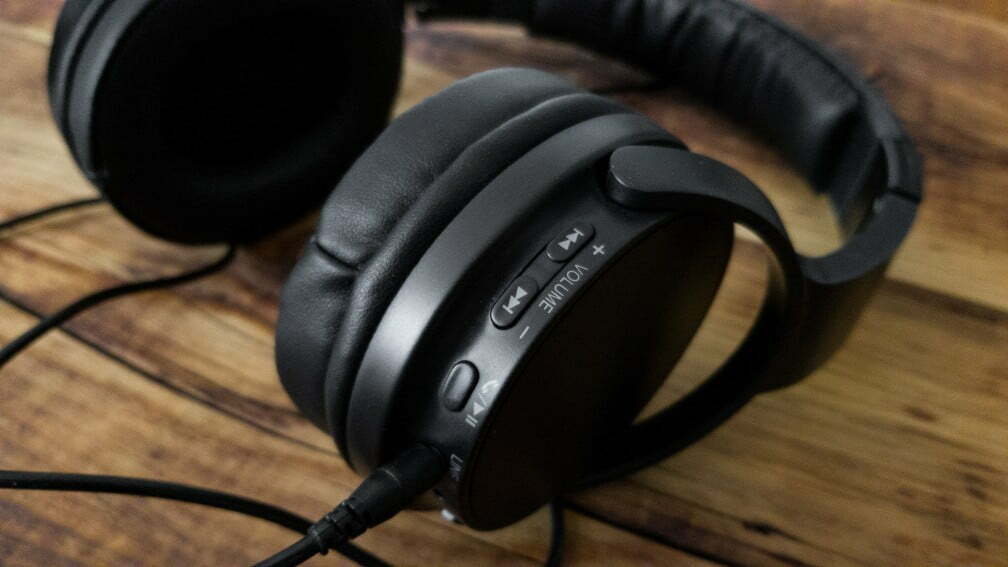





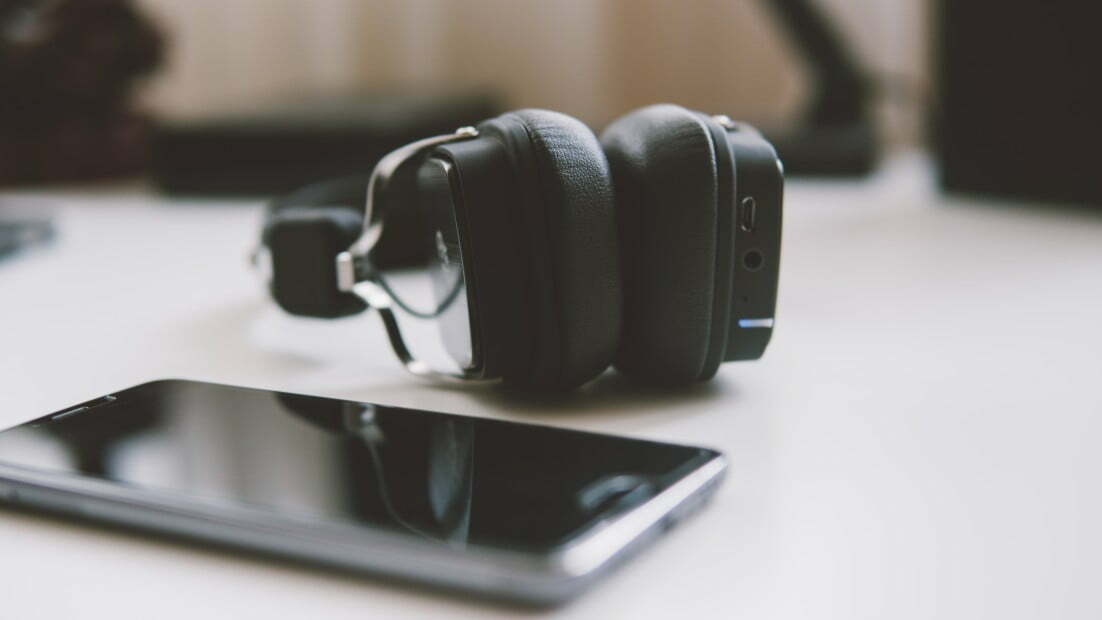

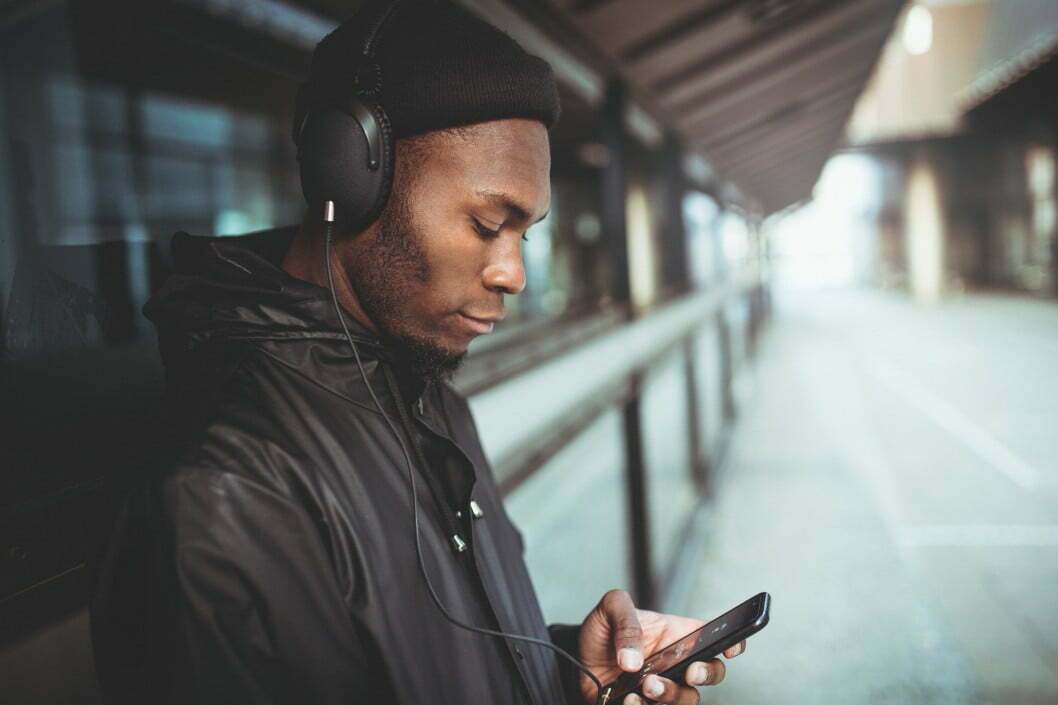


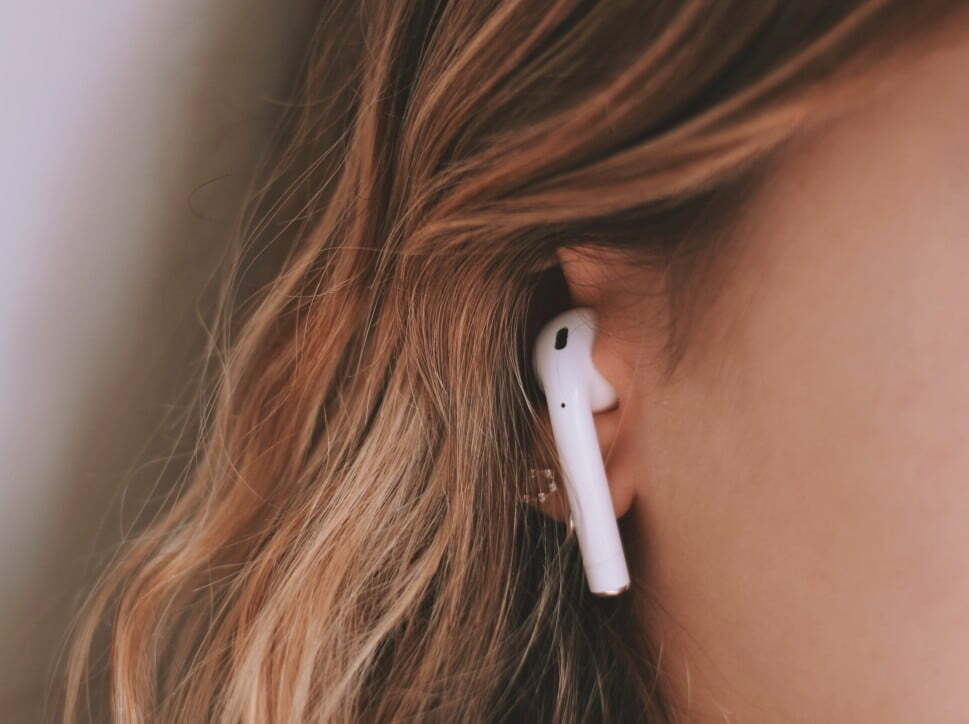
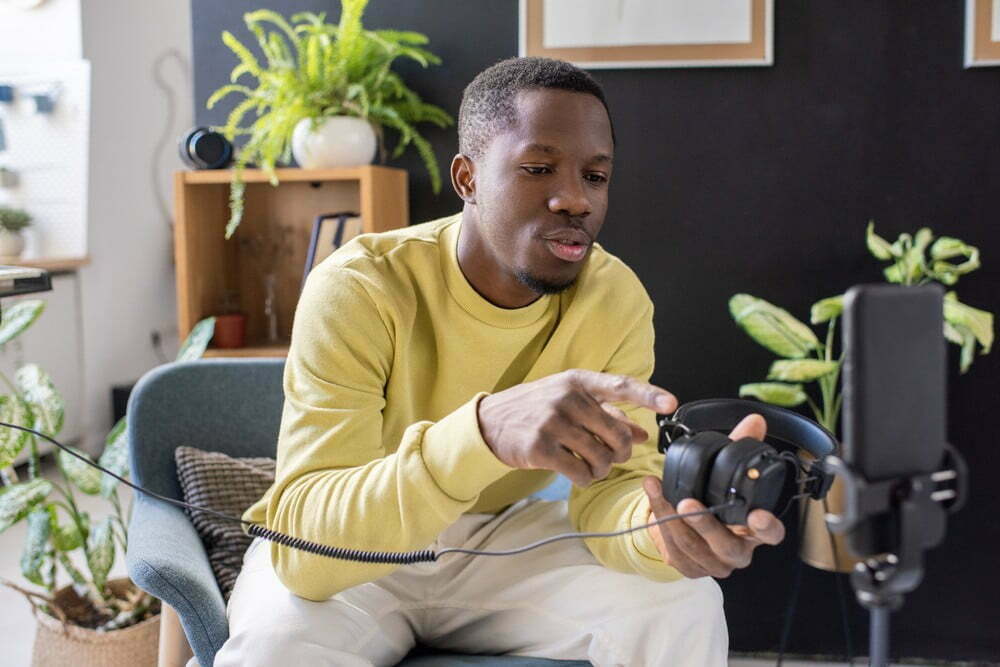
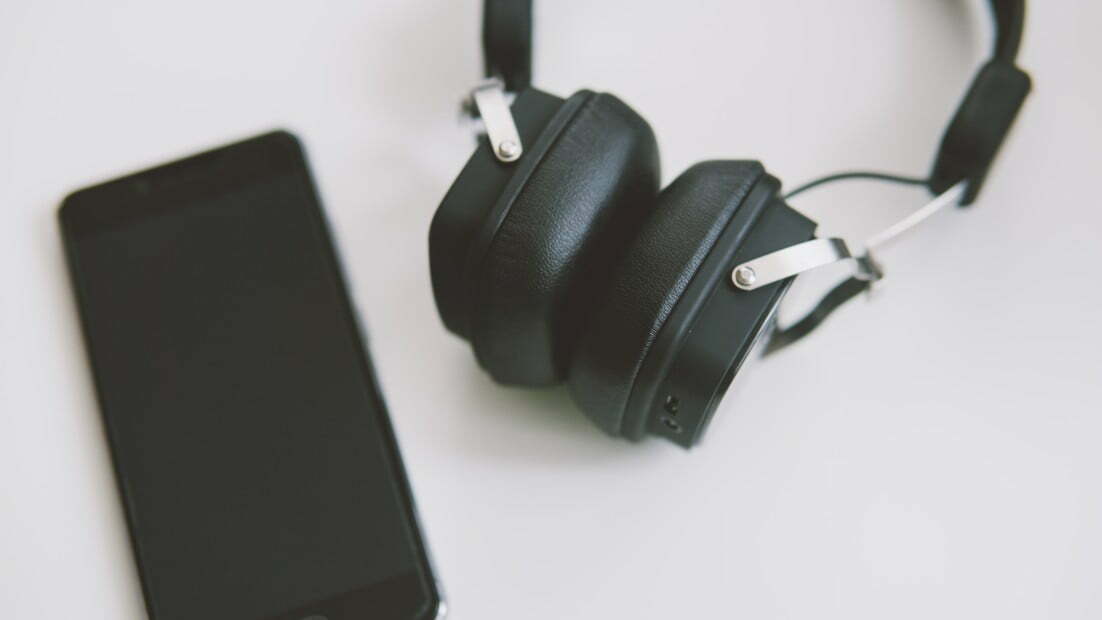
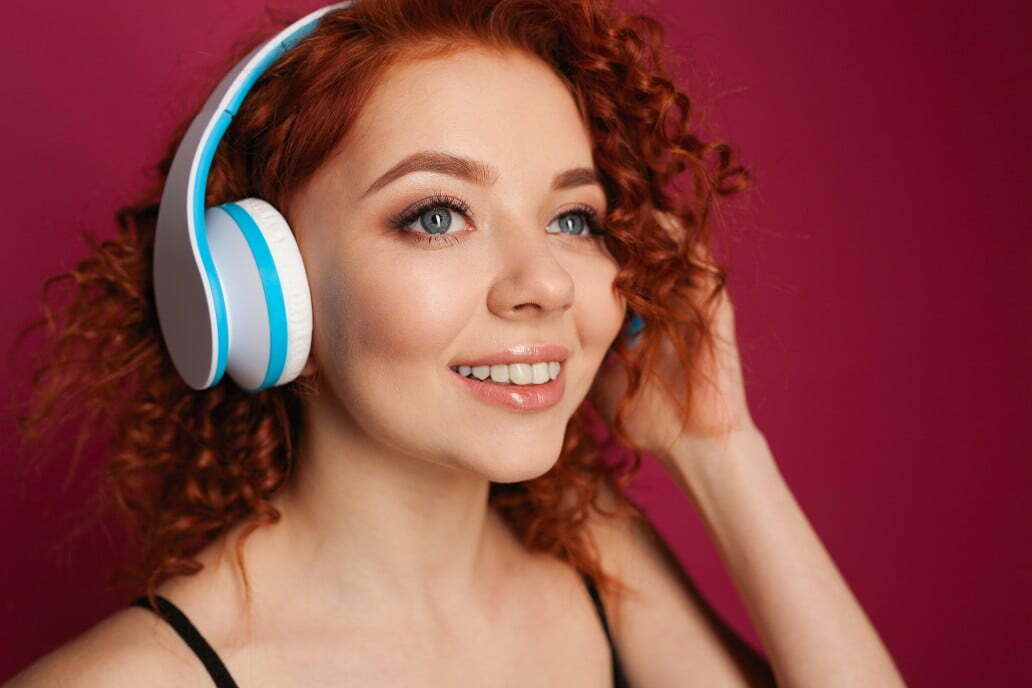
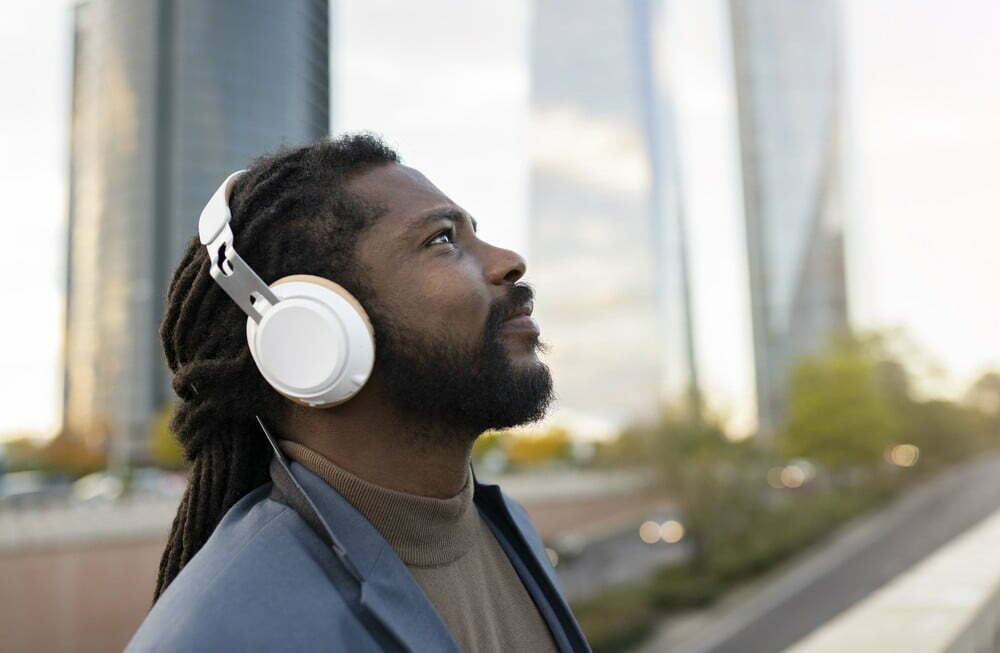
![Best Over-Ear Headphones for Working Out in [year] 30 Best Over-Ear Headphones for Working Out in 2026](https://www.gadgetreview.dev/wp-content/uploads/best-over-ear-headphones-for-working-out-image-scaled.jpg)
![Best Sennheiser Headphones in [year] 31 Best Sennheiser Headphones in 2026](https://www.gadgetreview.dev/wp-content/uploads/best-sennheiser-headphones-image-1.jpg)
![Best Sony Headphones in [year] 32 Best Sony Headphones in 2026](https://www.gadgetreview.dev/wp-content/uploads/best-sony-headphones-image-1.jpg)
![Best Open Back Headphones in [year] 33 Best Open Back Headphones in 2026](https://www.gadgetreview.dev/wp-content/uploads/best-open-back-headphones-image-1.jpg)
![Best Headphones in [year] ([month] Reviews) 34 Best Headphones in 2026 (January Reviews)](https://www.gadgetreview.dev/wp-content/uploads/best-over-the-ear-headphones.jpg)
![Best Noise Cancelling Headphones for Sleeping in [year] 35 Best Noise Cancelling Headphones for Sleeping in 2026](https://www.gadgetreview.dev/wp-content/uploads/best-noise-cancelling-headphones-for-sleeping-image-1.jpg)
![Best Noise-Cancelling True Wireless Earbuds in [year] 36 Best Noise-Cancelling True Wireless Earbuds in 2026](https://www.gadgetreview.dev/wp-content/uploads/best-noise-cancelling-true-wireless-earbuds-image.jpg)
![Best Headphones with a Mic in [year] 37 Best Headphones with a Mic in 2026](https://www.gadgetreview.dev/wp-content/uploads/best-headphones-with-mic-image.jpg)
![Best Headphones for Sleeping in [year] 38 Best Headphones for Sleeping in 2026](https://www.gadgetreview.dev/wp-content/uploads/best-headphones-for-sleeping-image.jpg)
![Best Headphones for Teens in [year] 39 Best Headphones for Teens in 2026](https://www.gadgetreview.dev/wp-content/uploads/best-headphones-for-teens-image.jpg)
![Best Noise Canceling Headphones for Kids in [year] 40 Best Noise Canceling Headphones for Kids in 2026](https://www.gadgetreview.dev/wp-content/uploads/best-noise-cancelling-headphones-for-kids-image.jpg)
![Best Headphones for Music Production in [year] 41 Best Headphones for Music Production in 2026](https://www.gadgetreview.dev/wp-content/uploads/best-headphones-for-music-production-image.jpg)
![Best Wired Headphones in [year] 42 Best Wired Headphones in 2026](https://www.gadgetreview.dev/wp-content/uploads/best-wired-headphones-image.jpg)
![Best USB Headphones in [year] 43 Best USB Headphones in 2026](https://www.gadgetreview.dev/wp-content/uploads/best-usb-headphones-image.jpg)
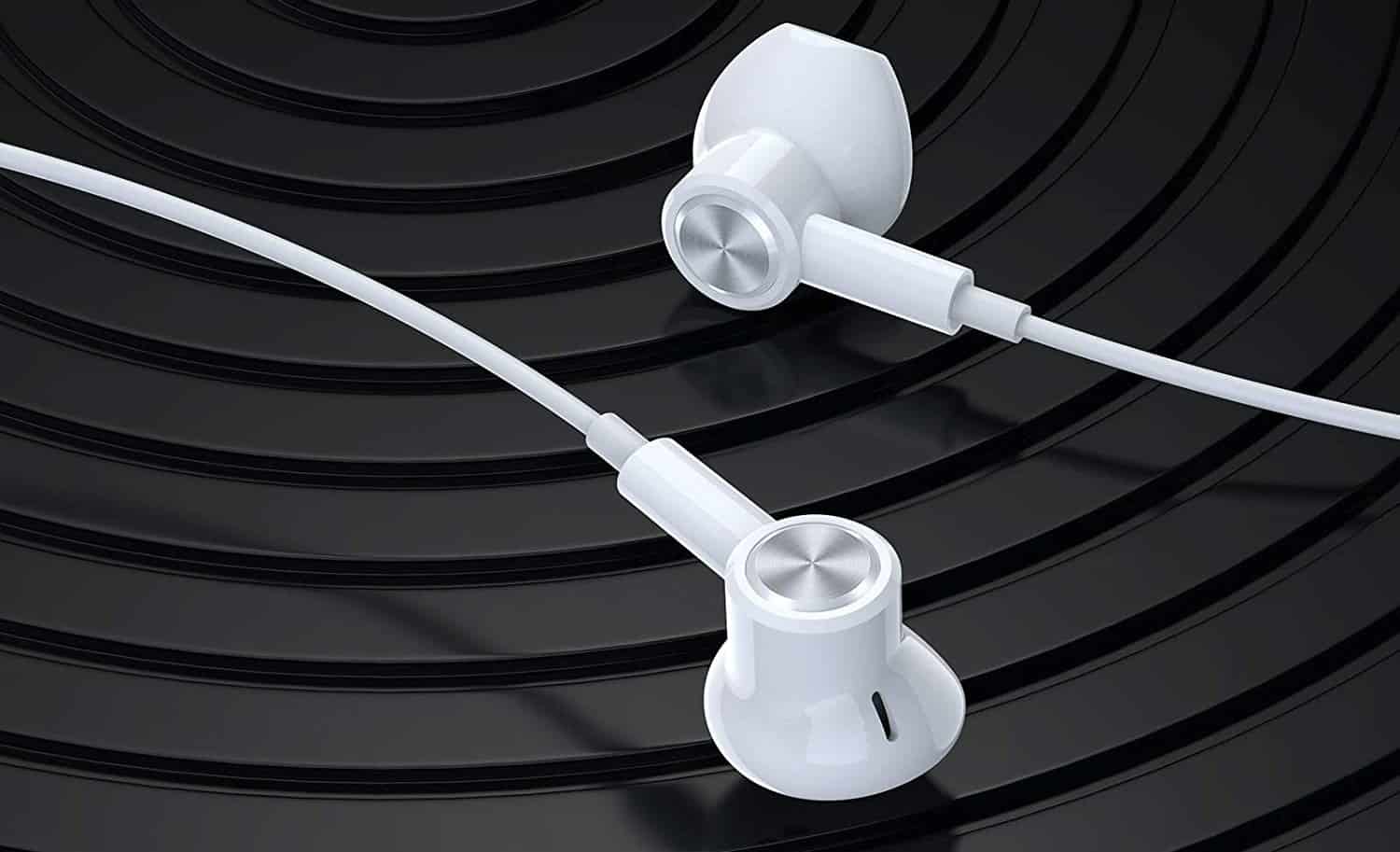
![Best Headphones for Mowing in [year] 45 Best Headphones for Mowing in 2026](https://www.gadgetreview.dev/wp-content/uploads/best-headphones-for-mowing-image.jpg)
![Best Headphones for Music in [year] 46 Best Headphones for Music in 2026](https://www.gadgetreview.dev/wp-content/uploads/best-headphones-for-music-image.jpg)
![Best TV Headphones for Seniors in [year] 47 Best TV Headphones for Seniors in 2026](https://www.gadgetreview.dev/wp-content/uploads/best-tv-headphones-for-seniors-image.jpg)
![Best True Wireless Earbuds in [year] 48 Best True Wireless Earbuds in 2026](https://www.gadgetreview.dev/wp-content/uploads/best-true-wireless-earbud-image.jpg)
![Best Swimming Headphones in [year] 49 Best Swimming Headphones in 2026](https://www.gadgetreview.dev/wp-content/uploads/best-swimming-headphones-image.jpg)






